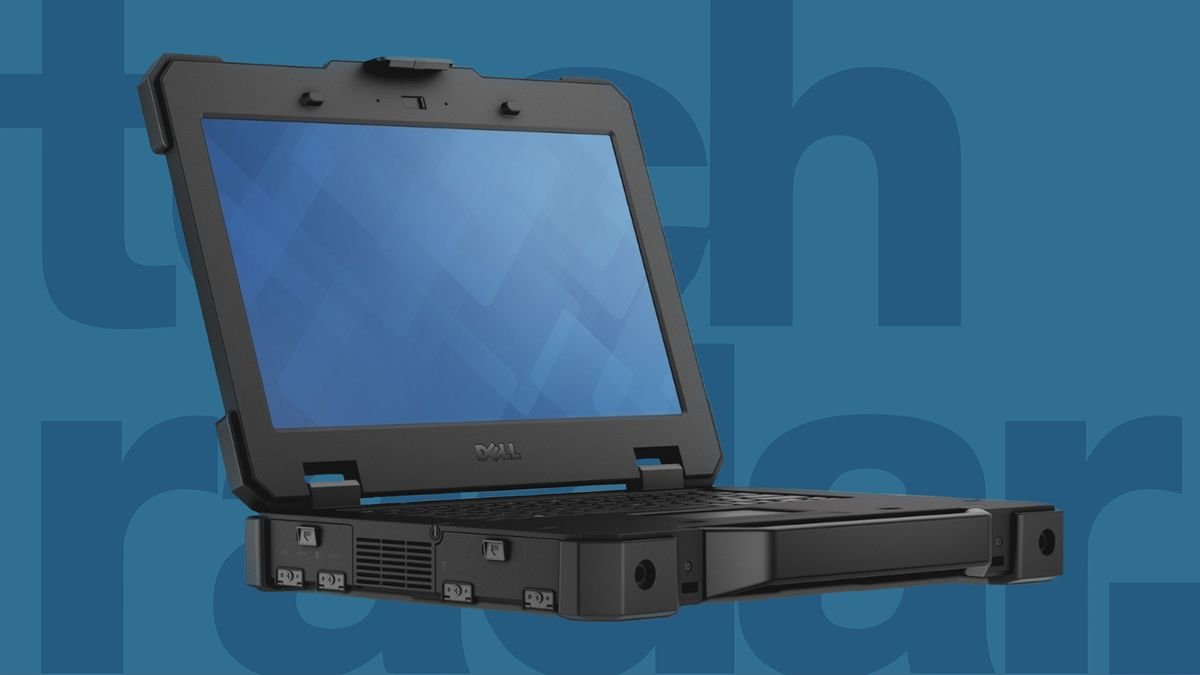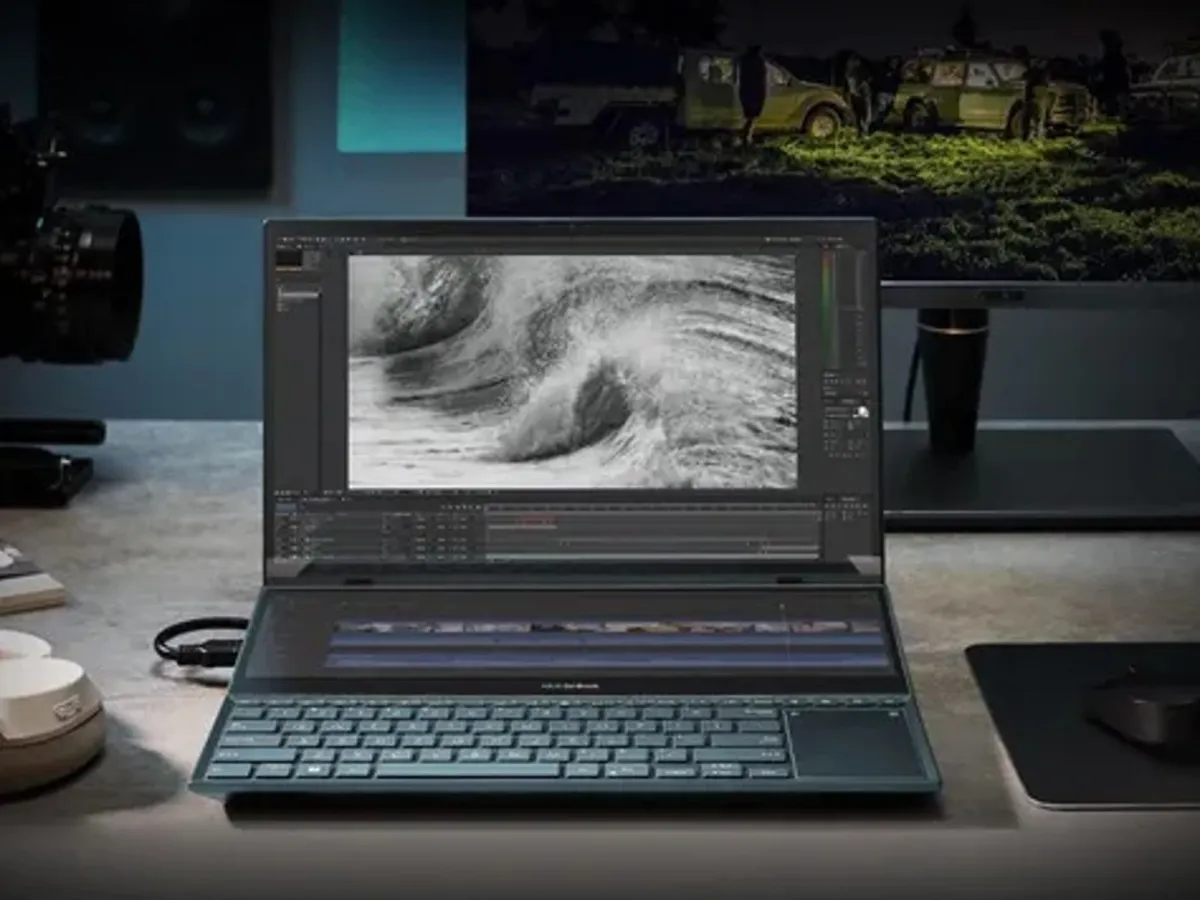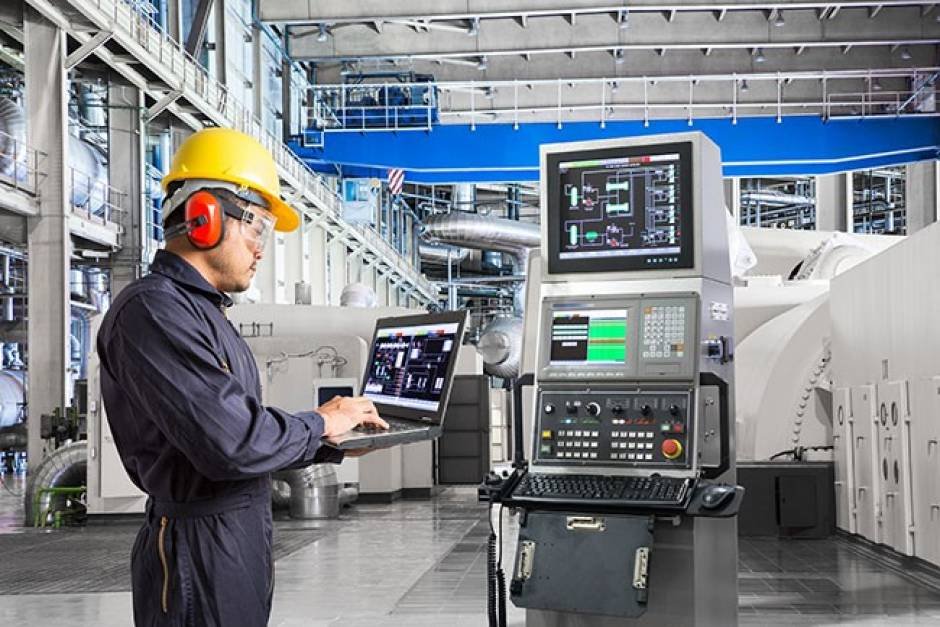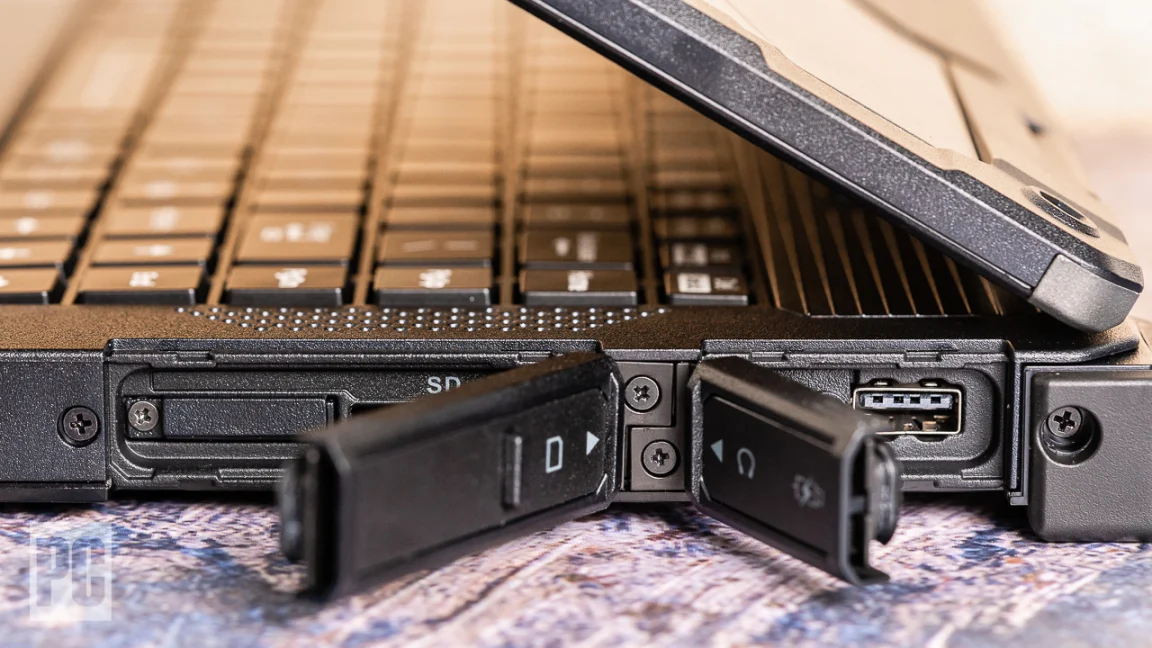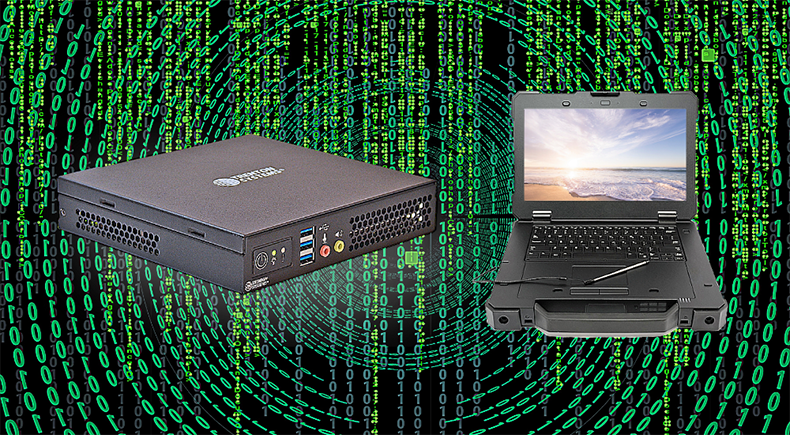Why are rugged computers so critical to the oil and gas industry?
Rugged computers are specially designed to withstand unpredictable and harsh environments and are essential to the oil and gas industry. Here are some advantages of using rugged computers in this industry:
Durability: Rugged computers are built to withstand extreme temperatures, shock, vibration, and humidity, and they can be sealed against water, dust, and other contaminants to ensure reliable operation. They can function reliably in environments where normal computers would fail, such as oil rigs, pipelines, and drilling sites.
Safety: Safety is absolutely critical to the operations of the oil and gas industry. Rugged computers can be designed to operate safely in an env ironment where ignitable concentrations of flammable gases, flammable liquid-produced vapors, or combustible liquid-produced vapors may be present. Data Accuracy: In the oil and gas industry, accuracy is critical when it comes to data collection and analysis. Rugged computers have specialized sensors that can accurately collect data even in harsh environments. The data is then processed quickly and accurately, providing real-time information that is crucial for decision-making.
Portability: Rugged computers are compact and lightweight, making them easy to transport to remote locations. This portability is particularly important in the oil and gas industry, where workers need to move from site to site.
Security: Rugged computers are designed with advanced security features, including zero-trust security, that protect sensitive data from unauthorized access. In the oil and gas industry, data security is critical, and rugged computers provide a secure platform for collecting and processing data.
Versatility: Rugged computers can be used in a variety of applications in the oil and gas industry, including monitoring and control systems, data acquisition, and communication systems. They can also be used in hazardous environments where explosive gases and dust particles are present. Cost-effective: While rugged computers may be more expensive than traditional computers, they are a cost-effective solution for the oil and gas industry. They have a longer lifespan, require less maintenance, and can withstand harsh environments, which translates into lower overall costs.
Edge Computing: Edge computing allows for data processing and analysis to occur locally on the device at or near the source of data, which can significantly reduce latency and improve overall performance. In the oil and gas industry, where data is often collected in remote locations with limited connectivity, edge computing can ensure that critical data is processed in real-time, leading to better decision-making.
AI/ML/DL: Rugged computers can also be equipped with artificial intelligence (AI), machine learning (ML), and deep learning (DL) capabilities. This can enable the devices to analyze large amounts of data and provide valuable insights that can inform decision-making. In the oil and gas industry, this technology can be used to monitor and optimize production processes, predict equipment failures, and improve safety.
Industrial Internet of Things (IIoT): Rugged computers with IIoT capabilities are increasingly used in the oil and gas industry for monitoring and controlling drilling and production operations, as well as asset tracking and management. These computers can also be connected to a range of devices, including sensors, cameras, and other computers, allowing operators to monitor and control processes from remote locations. This reduces the need for on-site personnel, improving safety and reducing costs.
What are some use cases for rugged computers within the oil and gas industry?
Digital oilfield
The digital oilfield is a concept that involves the integration of advanced technologies into the oil and gas industry to enhance efficiency, safety, and productivity. It leverages digital technologies such as artificial intelligence (AI), machine learning (ML), deep learning (DL), the Industrial Internet of Things (IIoT), and intelligent automation to improve the management of oil and gas operations.
One potential use case for the digital oilfield is drilling operations. During drilling, various data points are generated, such as pressure, temperature, and mud weight, that are critical for optimal drilling performance. In a traditional drilling operation, these data points are manually recorded and analyzed, which can be time-consuming and prone to errors.
However, with the integration of digital technologies, these data points can be captured in real-time by IIoT sensors installed in the drilling equipment. This data is then fed into a rugged computer system, which can analyze the data in real-time using AI/ML/DL algorithms to detect patterns and anomalies.
The rugged computers used in this scenario are designed to operate in harsh environments, such as the drilling rig, where extreme temperatures, vibrations, and dust can be challenging for traditional computer systems. They are built to withstand these conditions and are ruggedized to ensure reliability and durability.
The intelligent automation capabilities of the digital oilfield can also be utilized in drilling operations. By using AI/ML/DL algorithms, the system can predict potential issues in drilling operations, such as equipment failures or formation instability, and take preventive measures. For instance, the system can automatically adjust the drilling parameters, such as the drilling speed or the mud weight, to mitigate the risk of equipment damage or downtime.
Data-driven decision-making is another crucial aspect of the digital oilfield. The data collected from drilling operations can be analyzed to identify trends and patterns that can inform decision-making processes. For instance, the data can be used to optimize drilling performance by identifying the most efficient drilling techniques and equipment.
Digital Oilfield
Well service refers to the activities and operations carried out on an oil or gas well after it has been drilled to ensure that it produces the desired amount of hydrocarbons. The well service process includes tasks such as well completion, well intervention, well stimulation, and well maintenance. These tasks require specialized equipment and skilled personnel to perform them safely and efficiently.
A typical scenario in the oil and gas industry where well service is required is during well intervention operations. Well intervention is the process of accessing an oil or gas well to perform tasks such as well logging, well testing, and well stimulation. In some cases, well intervention may be necessary to address problems such as wellbore obstructions, wellbore damage, or wellbore instability that may be impeding the flow of hydrocarbons.
During well intervention operations, rugged computers can be used to provide real-time monitoring and control of the equipment used in the process. They can be used to control equipment such as wireline units, coiled tubing units, and hydraulic workover units, allowing well intervention operations to be carried out safely and efficiently.
Rugged computers can also be used to monitor and analyze data from downhole sensors during well intervention operations. Downhole sensors are used to measure parameters such as pressure, temperature, and flow rate in the wellbore, providing valuable information on the behavior of the reservoir and the performance of the well. Rugged computers can be used to display this data in real-time, allowing operators to make informed decisions on the best course of action to optimize well performance.


